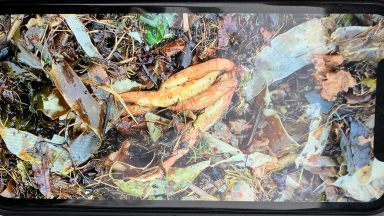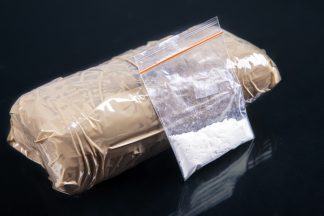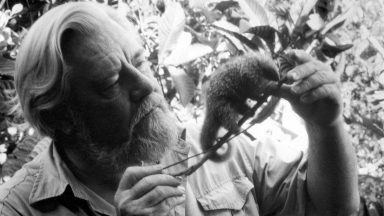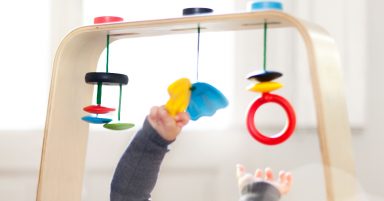The story of Scotland’s thriving whisky industry is set to be preserved and showcased in a new museum collection for years to come.
National Museums Scotland has revealed that it has acquired a selection of bottled whiskies, packaging and related material which reflect the multi-billion pound industry in the 21st century ahead of World Whisky Day on May 21.
An icon of Scottish heritage and culture, whisky is the UK’s largest food and drinks export reaching 166 international markets and shaping perceptions of Scotland around the world.
In recent years the industry has undergone a period of growth and reinvention, with dozens of distilleries opening for production since the turn of the century.
Laura Scobie, doctoral researcher at the University of Edinburgh and National Museums Scotland, said that the collection of 14 items which span more than a decade of production “provide an insight into one of our leading industries” and “reveal a picture of Scotland in the early 21st century that will now be preserved for generations”.
She added, “I’m delighted to add such fascinating examples of material culture associated with contemporary Scottish whisky to the national collection, from actual bottles of whisky to surprising artistic responses from local makers.”
The acquisitions have been made to represent the length and breadth of Scotland, from the Scottish Borders to the islands of the Inner Hebrides and Thurso, the most northern town on the British mainland.
The collection includes a bottle from the Isle of Raasay Distillery which is textured with fossil details from the region’s geological topography, and Torabhaig Distillery’s Allt Gleann Single Malt Whisky, was named after one of the burns that provide the distillery with spring water,
The collection also considers the relationships between distilleries and Scottish makers.
A 25ml measure created by Skye-based potter Katharina Lenz for Torabhaig Distillery highlights the ways in which the island’s creative community is stimulated and supported by the local whisky industry.
On a larger scale, a backpack collaboration from Isle of Jura Distillery and accessories brand Trakke has been produced in Glasgow with materials sourced from across Scotland, including waxed cotton from Dundee that has been dyed with lichen native to Jura.
In Scotland today, the whisky industry exists against a backdrop of global environmental concern and demand for greater sustainability.
As well as improvements in sustainable production and practice, many new distilleries are building brand identities that embrace the nature and landscape that surrounds them. NTS say that objects are acquired that reflect major shifts in Scotland during the 21st century, or change our understandings of the past, to inspire visitors now and in the future and believe that the project will complement and expand the museums’ current collections, revealing the story of Scottish whisky in the 21st century.
Follow STV News on WhatsApp
Scan the QR code on your mobile device for all the latest news from around the country

























